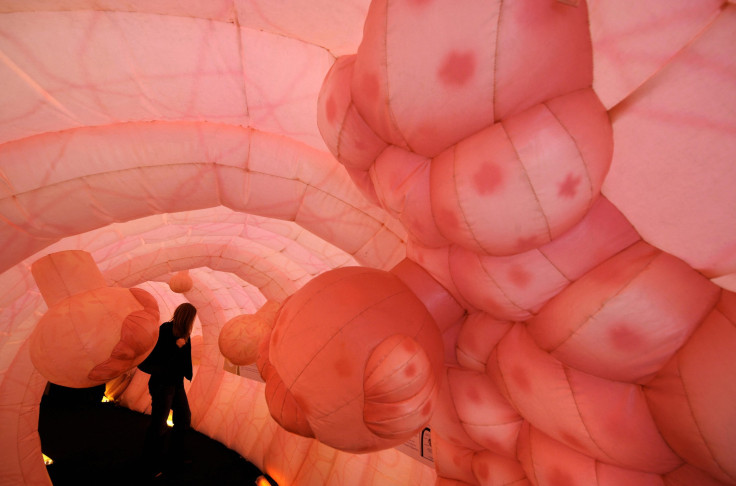Crohn's Disease: New Study Gives Insights Into Cause Behind Gastrointestinal Condition

Latest research in the field may possibly give hope to the thousands of people suffering from the debilitating Crohn’s disease in the United States.
Published in the journal mBio, the study pioneered by the Case Western Reserve University School of Medicine in Cleveland gives insights into the causes of the disease allowing for further research and possibly newer, more effective treatments for the condition.
Crohn’s disease is an inflammatory bowel disease characterized by chronic inflammation of the gastrointestinal tract. While the exact cause of Crohn’s disease is still not known, factors like genetics — making the condition hereditary in some cases — malfunctioning of the immune system, as well as presence of certain bacteria, may play a part in the disease’s development.
“Most of the studies that have looked at this disease looked at bacteria only,” the study’s senior author, Mahmoud A. Ghannoum, PhD, professor and director of the Center for Medical Mycology at Case Western Reserve and University Hospitals Cleveland Medical Center, told CBS News. “We looked at both bacteria and fungi because it is very well known that these organisms both live in our body and definitely interact with one another. So to look at bacteria alone, we didn’t really have the full story.”
The researchers analyzed fecal samples from 20 people with Crohn’s and 49 Crohn’s-free patients — 28 from nine families, and 21 from four other families, all from France and Belgium. They found the presence of two bacteria — E. coli and Serratia marcescens — and one fungus called Candida tropicalis at a much higher concentration in the patients suffering from Crohn’s.
This was the first instance where Serratia marcescens or Candida tropicalis have been linked to the disease in humans.
The interactions between the bacteria and fungi showed that “these organisms have evolved together so that they can operate to protect each other and at the same time cause problems to the host, or the patient,” Ghannoum reportedly said.
Additionally, the researchers also found that the guts of the patients suffering from Crohn’s had a decreased number of beneficial bacteria than their healthy counterparts.
“I think that within five years, with a bit of luck, we’ll be able to move into what’s called translational research,” Ghannoum added, “which means you take your research findings and start working to develop a drug or probiotic.”
© Copyright IBTimes 2025. All rights reserved.






















